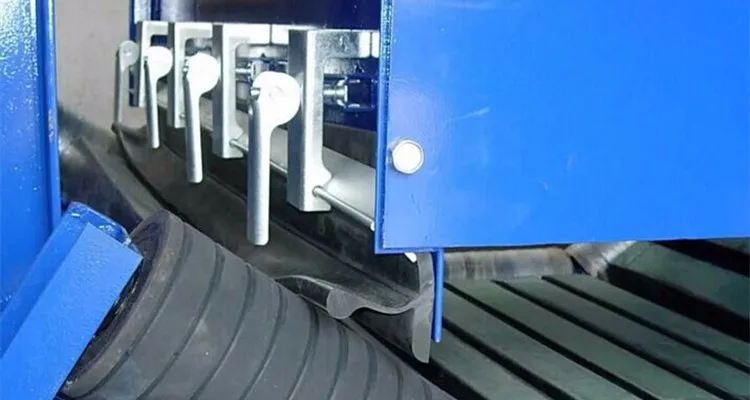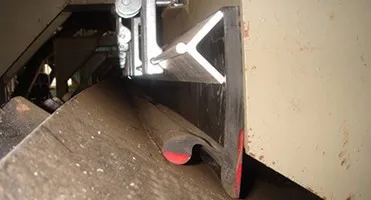Mill Rubber Lining - Protecting Your Equipment From Abrasion, Chemicals, Acid/Alkali And Heat
Product Description
Mill Rubber Lining Protecting your equipment from abrasion, chemicals, acid/alkali and heat, will extend the lifetime of your asset; reduce maintenance and any downtime from damaged equipment. Rubber linings which are vulcanised, can help you achieve this. Vulcanised rubber can be used to line the likes of vessels, pipe and chutes.
There are two rubber lining processes, one cold and one hot. So what is the difference?
Cold bonding is when an adhesive is used to bond wear resistant rubber sheet to steel work. It is a cost effective and fast process.
Hot vulcanising is the lining of vessels and pipes in which raw rubber is subsequently cured in an autoclave or using open steam curing (where the vessel acts as the autoclave). Vulcanising the raw rubber produces a seamless lining eliminating adhesive joins associated with cold bonding. A seamless finish provides better protection for your equipment from abrasion, chemicals, acid/alkali and heat. It has superior durability compared to cold bonding.
Hot vulcanised rubber is specifically formulated to meet the conditions that the equipment will be exposed to when installed as part of the process. For example it can be specifically formulated to meet particular temperature, pH and abrasion levels. The end result – a hot vulcanised rubber lining that is fit for purpose!
In particular, hot vulcanising is recommended for chemical reaction vessels and abrasive slurry handling applications.
Product Data Sheet



Main Features and Advantages of Conveyor belt system polyurethane skirt rubber board.
1) Reduces dust leakage.
2) Polyurethane layer - High wear resistant
3) Low contact pressure
4) Protect belt and prolong service life
5) Custom service is available.
